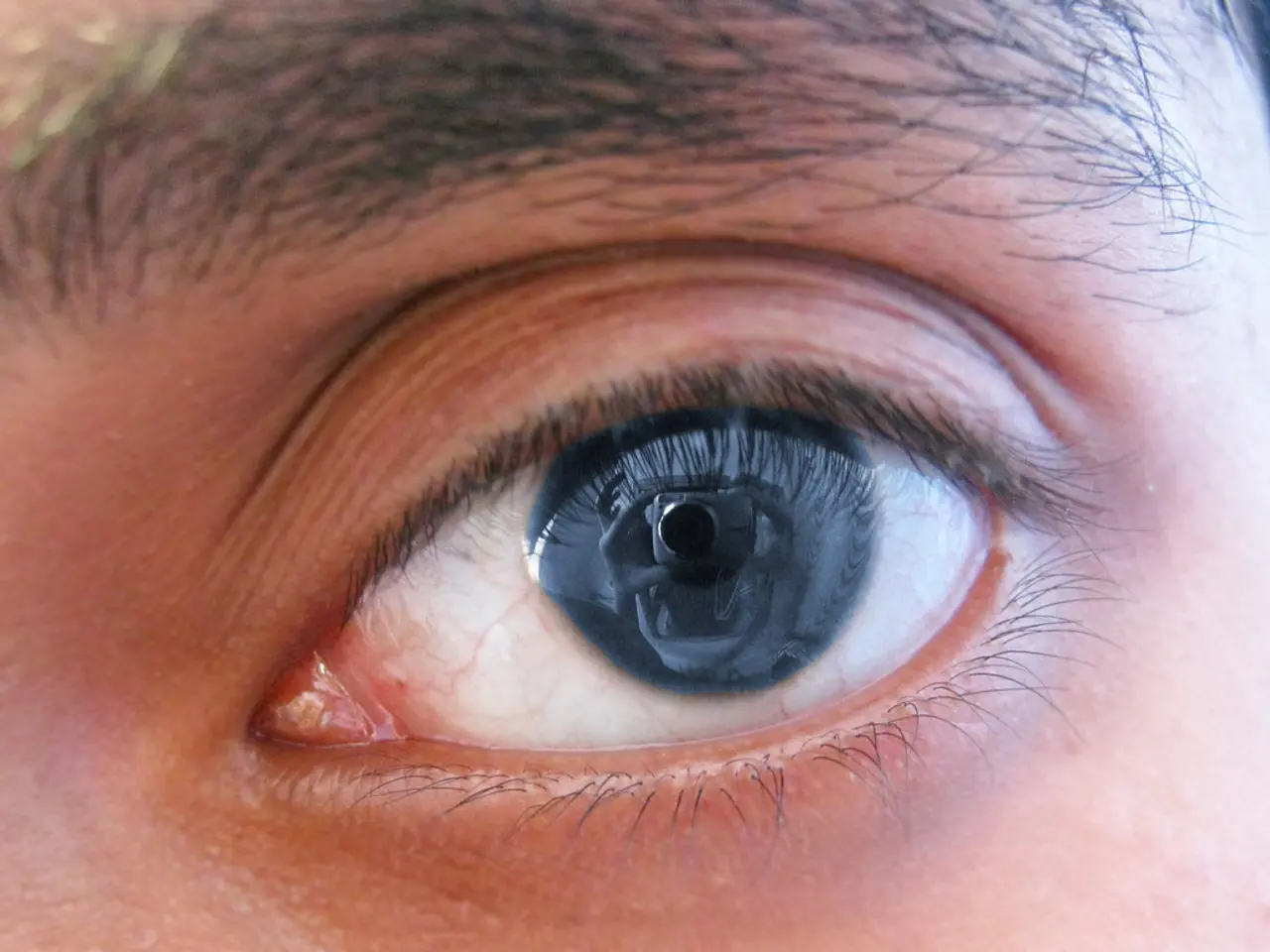Seven sources of ocular discomfort in the rear of the eye
Pain behind the eye can be a distressing symptom, but understanding its potential causes and appropriate treatments can provide relief. This article explores the various reasons for pain inside the head, including the eye area, and the treatments that may be recommended.
Common causes of pain in this region include different types of headaches, eye-related issues, sinus infections, and neurological conditions. Each requires a tailored approach for treatment, depending on the underlying cause.
Headaches
Headaches can cause pressure and pain behind the eyes. Common types include tension headaches, cluster headaches, and migraines. Tension headaches are often due to stress or muscle tension and can be treated with over-the-counter analgesics and stress management techniques. Cluster headaches, characterized by severe intermittent pain around one eye, may require medications and oxygen therapy. Migraines, which can cause intense head and eye pain, are treated with migraine-specific medications and lifestyle changes.
Eye Strain and Related Problems
Eye strain, caused by prolonged screen time, poor lighting, or uncorrected vision problems, leads to fatigue of eye muscles and tension headaches. Symptoms include dull aching pain around the eyes, blurred vision, and sensitivity to light. Treatment typically involves addressing vision issues with corrective lenses, reducing screen time, proper lighting, and sometimes lubricating eye drops for dry eyes.
Optic Nerve Issues (Optic Neuritis)
Optic nerve inflammation or damage from infections or autoimmune diseases can cause deep eye pain and vision disturbances. Treatment often involves addressing the underlying disease, usually with corticosteroids or immunotherapy.
Sinus Problems
Sinus infections cause pressure and pain behind and around the eyes. Treatments typically include decongestants, antibiotics (if bacterial), and nasal corticosteroids.
Cervicogenic Headache and Occipital Neuralgia
These conditions, originating from neck structures affecting nerves, can cause head and eye pain sometimes with blurred vision. Treatments include physical therapy, nerve blocks, medications, nerve ablation, or surgical interventions in refractory cases.
Eye Misalignment
Eye misalignment can cause headaches and neck or shoulder pain due to strain. Treatment involves correction with specialized lenses or vision therapy.
Giant Cell Arteritis (GCA)
GCA requires immediate medical treatment to reduce the risk of vision loss. Typically, this involves high doses of corticosteroids like prednisone for a month, followed by a gradual dose reduction.
Home Remedies
For temporary relief, home remedies such as applying cold or warm compresses, staying well-hydrated, exercising regularly, getting plenty of rest, limiting alcohol and caffeine use, relaxing muscles in a hot bath or shower, avoiding noisy and bright environments, reducing screen time, using over-the-counter pain relievers, reducing stress where appropriate, taking magnesium supplements (particularly in the case of migraine attacks), and more, can be helpful.
When to See a Doctor
If pain is severe, worsens, or accompanies other symptoms like visual disturbances, fever, numbness, a stiff neck, slurred speech, confusion, or visual disturbances, it is essential to seek medical attention.
Other Potential Causes
Dental and bite problems, such as tooth infections and temporomandibular (TMJ) disorder, can cause pain behind the eye. Angle-closure glaucoma, a condition where a person's iris blocks the drainage angle, causing pressure to build up quickly and requiring immediate medical attention to protect vision, is another potential cause. If TMJ causes orbital eye pain, people may also experience eyestrain, watery eyes, and sensitivity to light.
In summary, the precise treatment depends on diagnosis. Headaches from muscle tension respond to analgesics and therapy; eye strain requires optical correction and lifestyle changes; optic nerve inflammation needs medical management; sinusitis demands ENT treatments; and nerve-related pain may require specialized interventions. Consulting a healthcare provider for proper evaluation is essential to tailor treatment effectively.
- Pain behind the eye can be a symptom of various medical conditions, such as headaches, eye issues, sinus infections, and neurological disorders.
- Headaches can cause pressure and pain in the eye area, with common types being tension headaches, cluster headaches, and migraines.
- Tension headaches may be treated with over-the-counter analgesics and stress management techniques, while cluster headaches may need medications and oxygen therapy.
- Migraines, known for intense head and eye pain, are addressed with migraine-specific medications and lifestyle changes.
- Eye strain, caused by prolonged screen time, poor lighting, or uncorrected vision problems, leads to fatigue and tension headaches.
- Treatment for eye strain often involves corrective lenses, reducing screen time, proper lighting, and lubricating eye drops for dry eyes.
- Optic nerve inflammation or damage can cause deep eye pain and vision disturbances, often requiring corticosteroids or immunotherapy.
- Sinus infections cause pressure and pain behind and around the eyes, with treatments including decongestants, antibiotics, and nasal corticosteroids.
- Cervicogenic headache and occipital neuralgia, originating from neck structures affecting nerves, can cause head and eye pain with blurred vision.
- Treatments for these conditions include physical therapy, nerve blocks, medications, nerve ablation, or surgical interventions, if refractory cases.
- Eye misalignment can cause headaches and neck or shoulder pain due to strain, with treatment involving specialized lenses or vision therapy.
- Giant cell arteritis necessitates immediate medical treatment to prevent vision loss, usually involving high doses of corticosteroids like prednisone for a month.
- Home remedies, such as cold or warm compresses, staying hydrated, regular exercise, and reducing screen time, can provide temporary relief.
- If pain is severe, worsens, or accompanies other symptoms like visual disturbances, fever, numbness, a stiff neck, slurred speech, confusion, or visual disturbances, medical attention is essential.
- Dental and bite problems, such as tooth infections and temporomandibular (TMJ) disorder, can cause pain behind the eye, requiring dental consultation.
- Angle-closure glaucoma, a condition where the iris blocks the drainage angle, causing pressure to build up quickly, needs immediate medical attention to protect vision, as it is a potential cause of eye pain.




